Discover WWI’s only surviving Cadillac
The bullet hole in this Cadillac remains a mystery. An educated guess identifies it as the work of a German 7.92mm Mauser round. The mark sits in the left front fender of this 1918 Type 57 like a badge of valor, proof of the car’s service on WWI’s front lines.
The car is chassis US1257X, the only Cadillac known to survive from the Great War.
In WWI, Cadillacs were the officers’ cars, and for good reason. The U.S.’s first motorized campaign, led by General John “Black Jack” Pershing, used Cadillacs and Dodge trucks to chase down the infamous Pancho Villa. He narrowly escaped, but motorized transport had proved its worth. When Pershing took command of the American Expeditionary Force in WWI, he would again look to Dodge and Cadillac, this time with a more standardized approach.
The Type 51 Cadillac debuted in 1914 as Cadillac’s first V-8-powered car. The Type 53 that followed introduced the common driver-control layout that we know today: gear lever and handbrake between the seats, keyed ignition, left-to-right layout of clutch pedal, brake, and accelerator. The Type 57 introduced for the 1918 model year came with a 90-degree, side-valve V-8, displacing 5.1 liters and producing approximately 70 hp and 175 lb-ft of torque.
More than 45,000 Type 57s were built through 1919, in configurations ranging from ambulance to police patrol car to hearse. Of those 45,000, some 2500 Cadillacs were specially built to transport U.S. Army officers. These were built as knockdown kits for easier overseas transport, and more than 2000 were shipped across the Atlantic when America entered the war in 1917.
No official, military-spec Cadillac 57 is known to still exist. Those cars that made it to France were sold for scrap after the war, and the 57s that served as transport on U.S. bases seem to have evaporated.
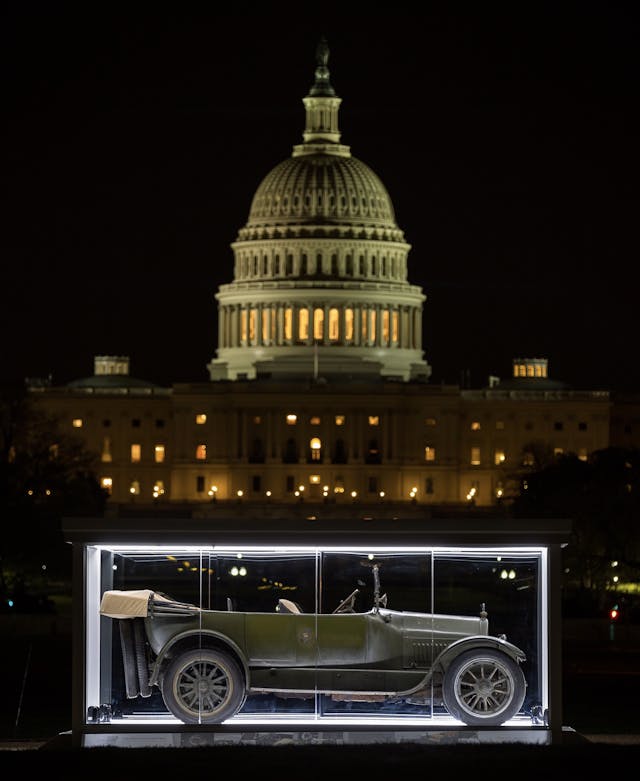
The “Liberty Cadillac,” as US1257X is now known, was not a military-spec commission but was privately purchased by Dr. John Hopkins Denison. Dr. Denison was a minister from a wealthy family and a patriot. Unable to enlist due to back surgery that forced him to walk with a cane, Denison joined the YMCA and offered his Cadillac, with himself as its driver.
US1257X arrived in France as one of the first Cadillacs to be registered with the American Expeditionary Force (AEF). It was repainted the olive green specified by General Pershing for military support vehicles and went to work at once. Denison and his 57S served from 1917 through 1919, transporting officers, supervising the establishment of canteens and other rest areas, guiding VIP guests, and even ferrying supplies to the front.

During WWI, the YMCA was deeply involved in supporting active U.S. troops. Where the Red Cross offered specialized medical attention, the YMCA provided holistic services for infantrymen cycling through from the front on leave. This included feeding them, entertaining them, and helping them keep fit.
Some 90 percent of U.S. forces received care from the YMCA, and Dr. Denison took a supervisory role. He was ranked as a secretary, but as the YMCA was integrated into the AEF, he became a major.

Denison’s Cadillac may have fulfilled mundane duties in WWI, but other cars played more active roles in the fighting. T.E. Lawrence, a.k.a. Lawrence of Arabia, famously used his Rolls-Royce Silver Ghosts in a highly effective hit-and-run campaign against the forces of the Ottoman Turks. British forces also used armored cars during the early days of the European campaign.
By the time the U.S. entered WWI, the war had become a meat-grinding stalemate. The frontline support work done by Dr. Denison and his compatriots was essential to morale.
Whether the doctor was even aware of the shot when it punctured his car’s fender is unclear. The hole is angled downward, likely the work of a sniper or of a strafing aircraft. The Cadillac likely sustained the injury while running supplies to the front on behalf of a French welfare organization during one of the most decisive final battles of the war. The Second Battle of the Marne saw the Allies successfully hold off the last major offensive by German troops and then launch a counterattack that began a long push, leading to the Armistice 100 days later.
After the war’s close, the Cadillac continued to serve as U.S. troops were demobilized. US1257X somehow escaped the bulk sell-off of other U.S. military support vehicles, though exactly how remained a mystery until later.
In 1936, US1257X was purchased by a military collector named Major M.C. Bradley. He would own it until the mid-1960s. The car even briefly appeared in the 1938 movie Men with Wings.
In 2005, while looking for a replacement taillight for his 1929 Cadillac, Marc Lassen came across a vague ad for a drab green Cadillac. The car was located in Spokane, Washington, not far from his home. Lassen showed up, figured the car probably had an interesting story, and bought it on the spot.

A fan of vintage Cadillacs, Lassen knew that some 57s had served in the military, but this particular car had little documentation. He spent thousands of hours searching through records to establish the car’s provenance. The fact that Denison had purchased the car privately, and its use as a movie prop, muddied the waters. Was this a genuine fighting Cadillac, or just an old car painted green by Paramount Pictures?
As Lassen was reading the Eleanor Butler Roosevelt’s 1959 memoir, he finally found the smoking gun. The daughter-in-law of President Theodore Roosevelt, Eleanor was a fiercely independent woman. She had traveled to Europe during the war, despite the public disapproval of her father-in-law, seeking to aid the welfare of American troops with the establishment of the Leave system. There, she wrote, her driver was a Dr. J. H. Denison. The car was a Cadillac.

Lassen also discovered, in an old alumni newsletter from Dr. Denison’s alma mater, just how US1257X made it back to the U.S. In 1920, Denison had returned to Europe to recover it and toured France with his family, briefly. Returning to the U.S., Denison settled in Santa Barbara, California, and still used the car for family expeditions to Crater Lake and Sequoia Park. He owned it until he died in 1936.
When Lassen discovered the significance of US1257X, its preservation became his priority. To protect the brittle leather seats in their original condition, he sourced WWI-era tent material, just as would have been used in a contemporary motor pool, and made covers.
The car still runs, and while it appears to have been repainted one additional time, possibly for its Men with Wings, it is in astonishingly original condition. US1257X still wears the original front tires it did while serving in WWI, and they still hold air.
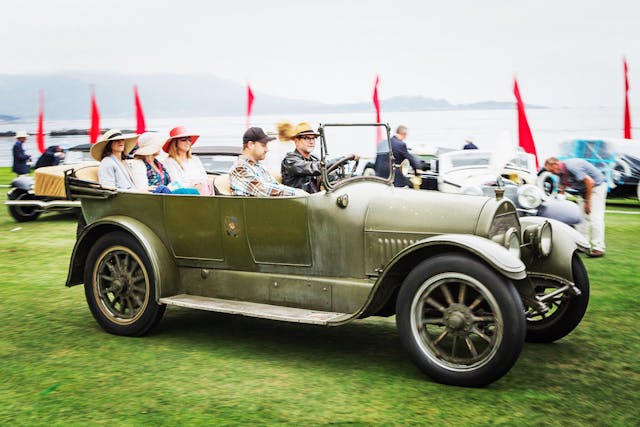
In view of its significance as a rolling artifact, US1257X became the fourth vehicle to join the National Historic Vehicle Register in 2014. It was presented at the National Mall in Washington, D.C., for the 100th anniversary of the end of WWI and was most recently on display at Le May — America’s Car Museum, in Tacoma, Washington. When Lassen arrived to collect it, the old warhorse fired up on the first crank.
Thanks to some luck and the perseverance of its current caretaker, the story of the Great War Cadillacs is not confined to a few black and white photos or some fading notes on a page. It is here, in the metal, still drivable, still carrying the marks of its service.
For where you can see the car next, be sure to follow along on Lassen’s Instagram. In the spring of 2023, US1275X heads to the AACA Museum in Hershey, Pennsylvania, and in the fall it will be at the Henry Ford Museum.
Check out the Hagerty Media homepage so you don’t miss a single story, or better yet, bookmark it.
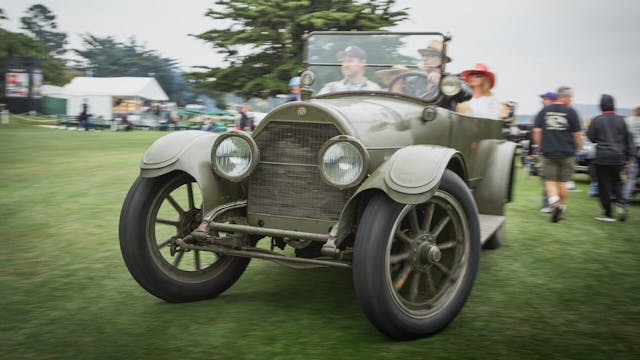
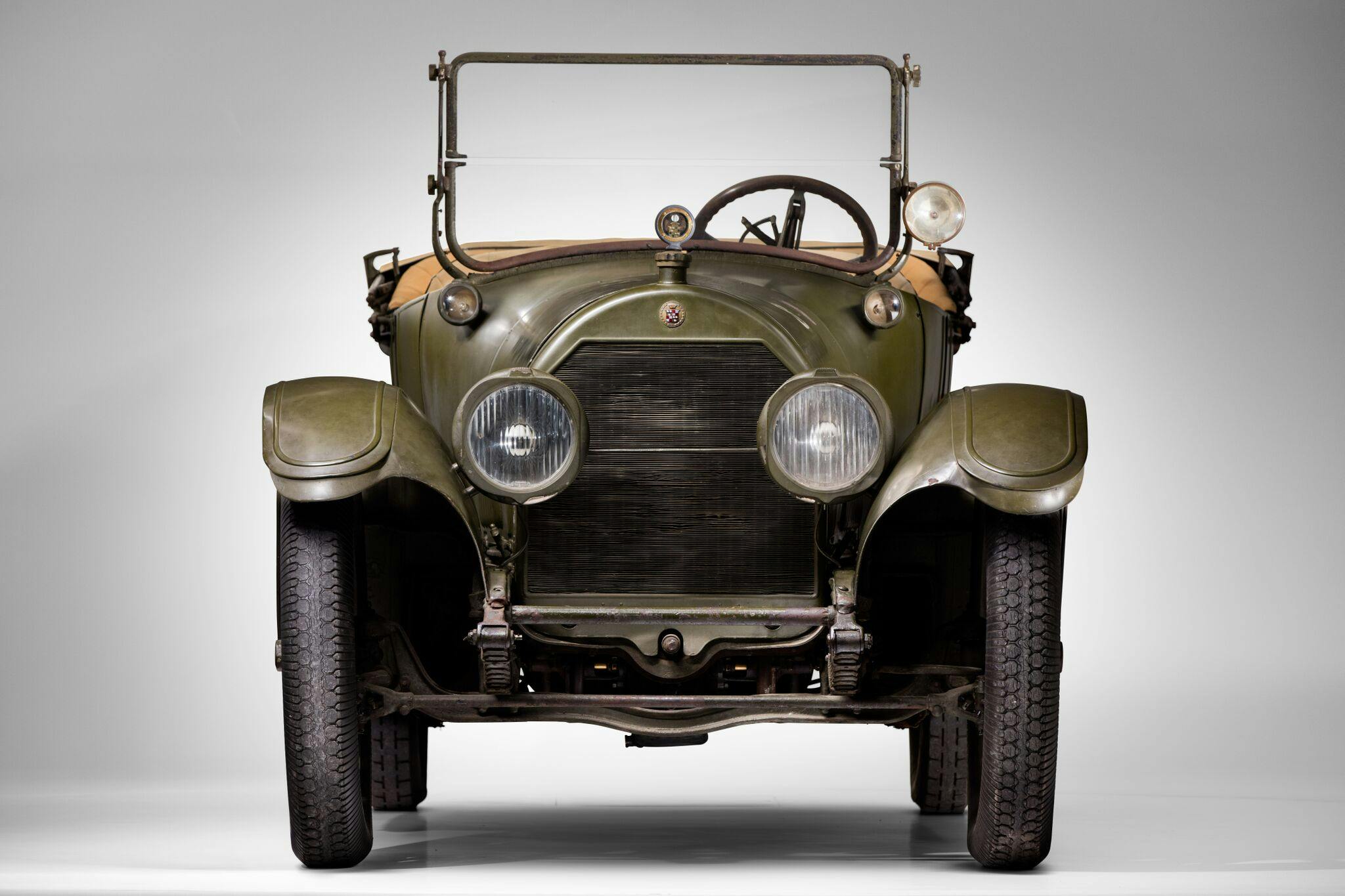
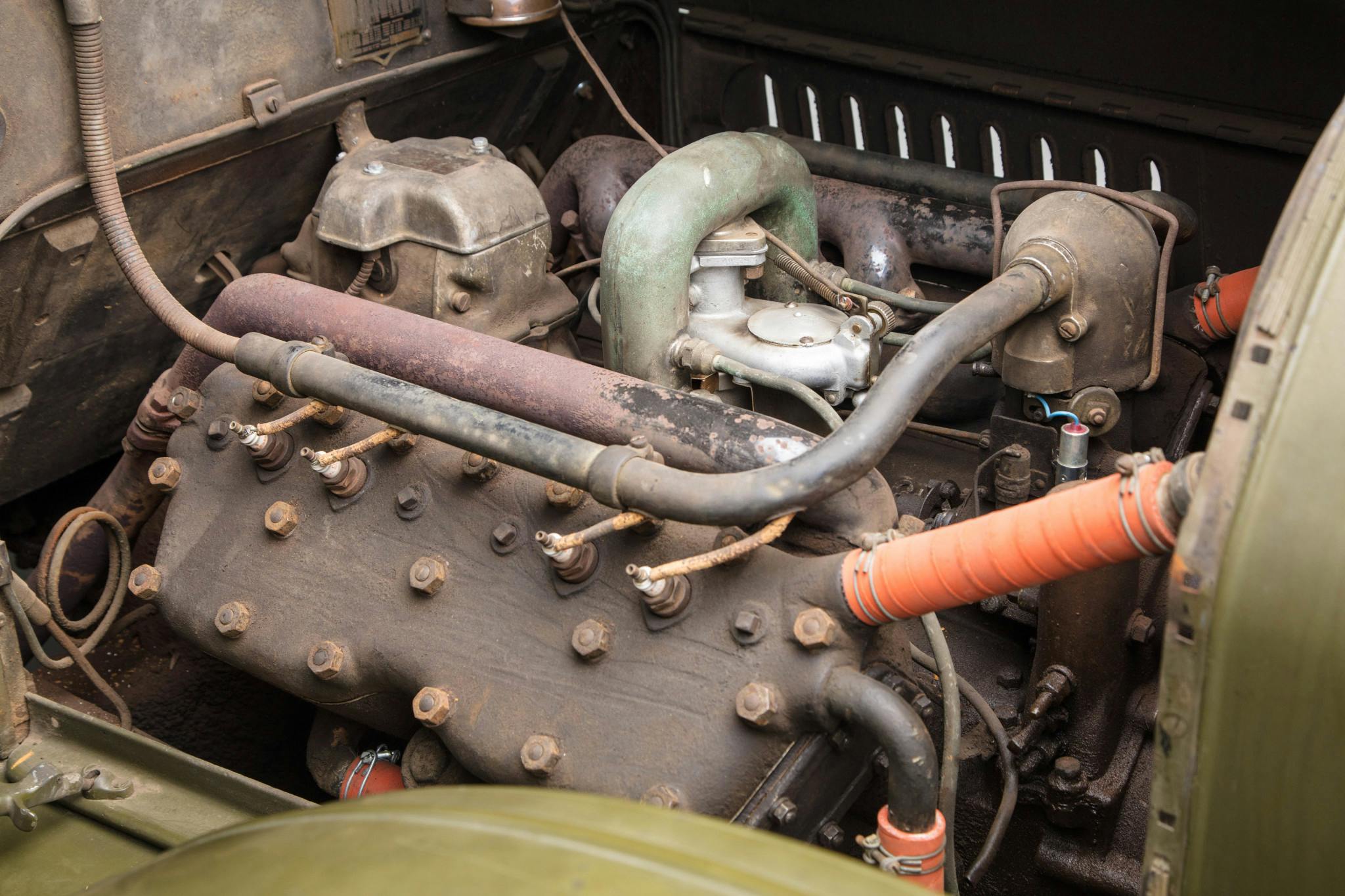

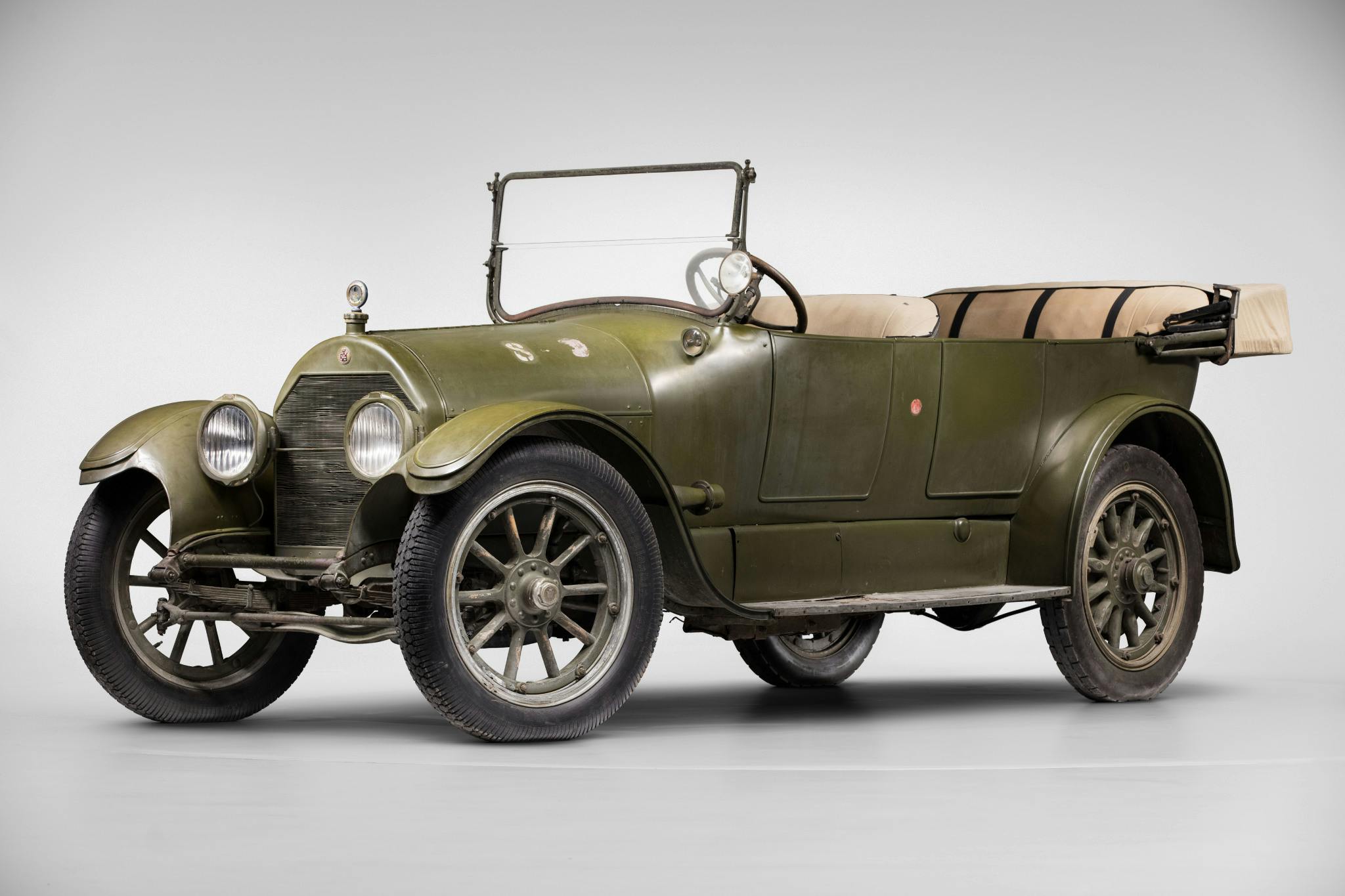
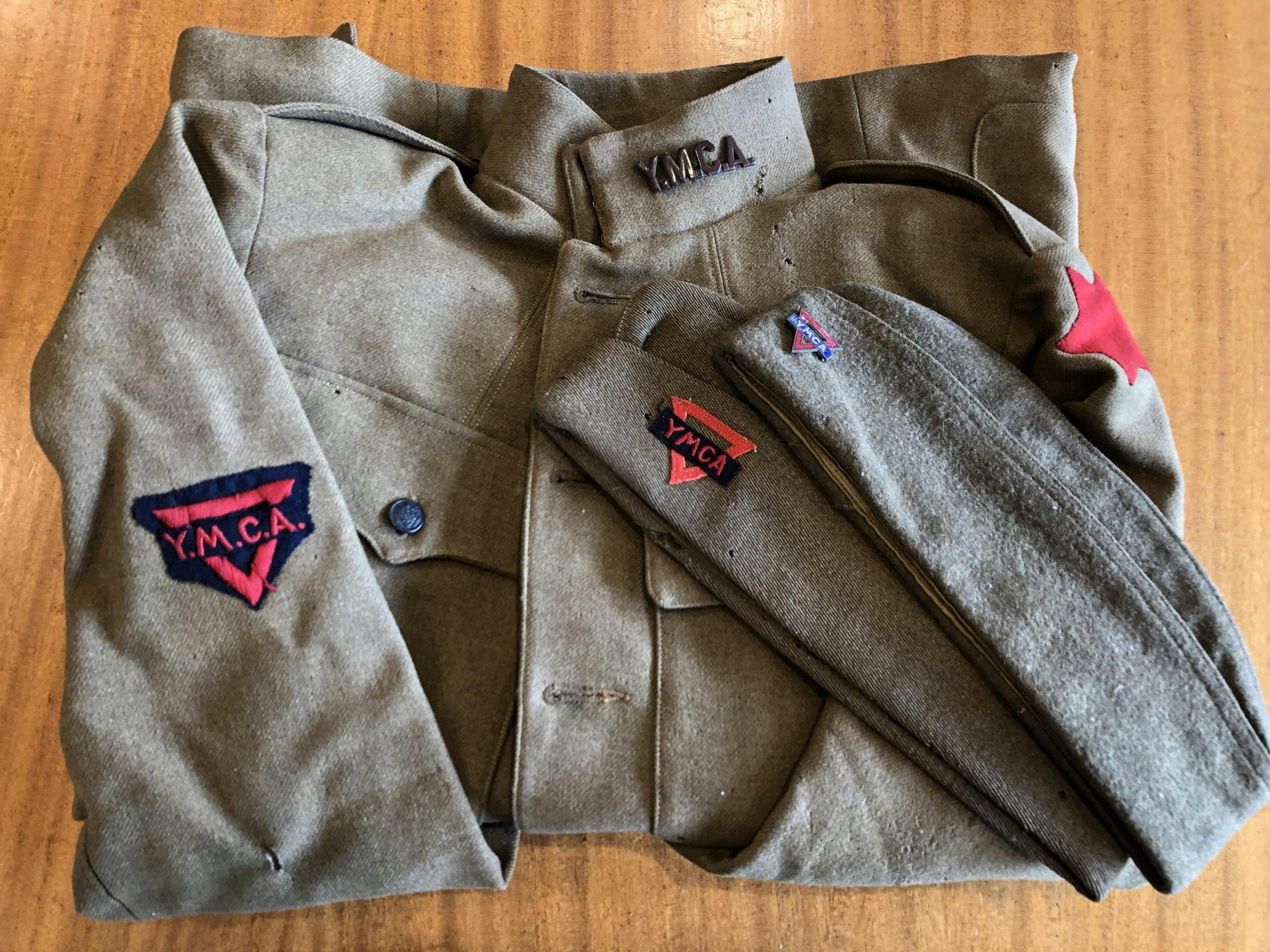
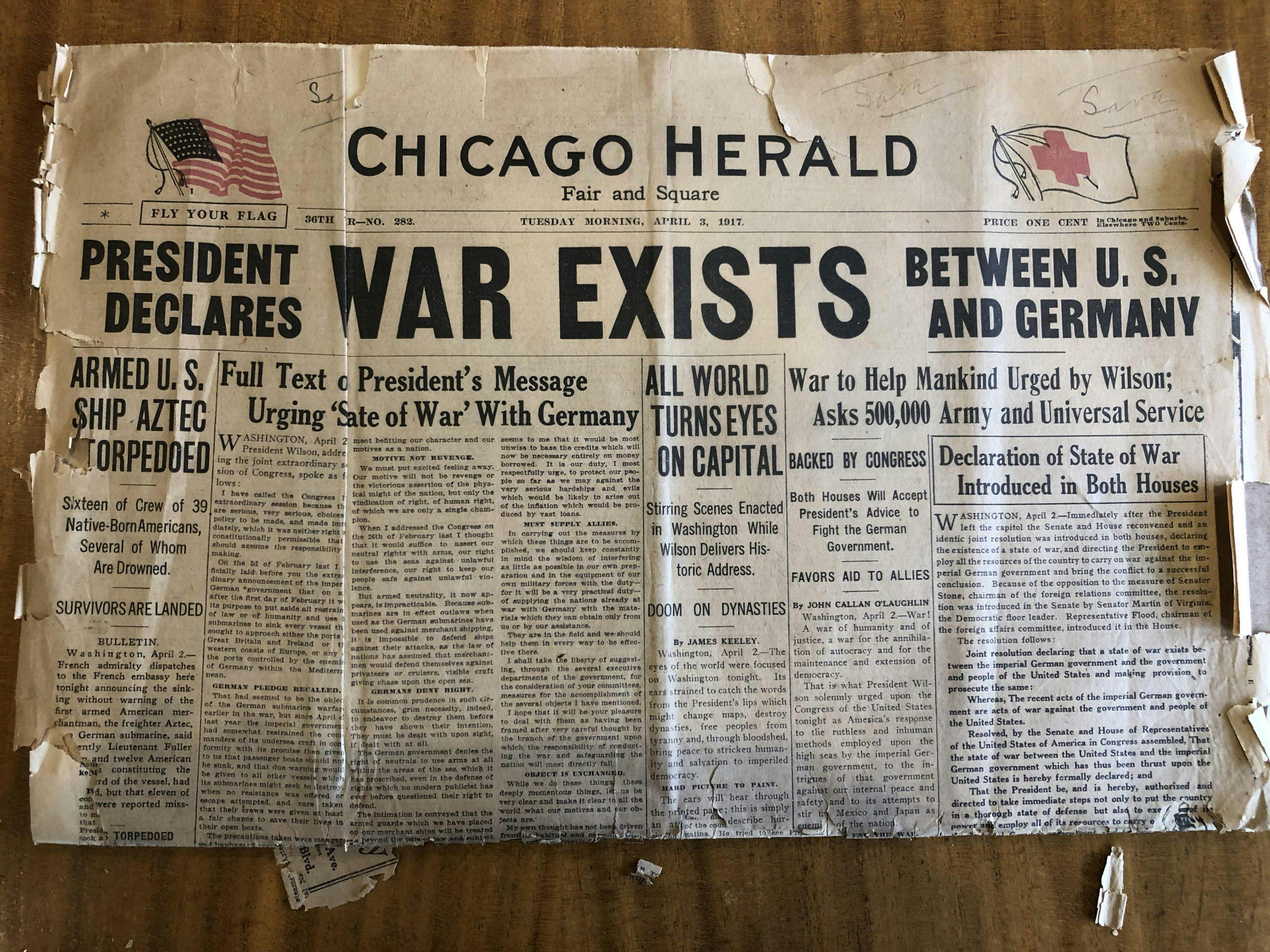
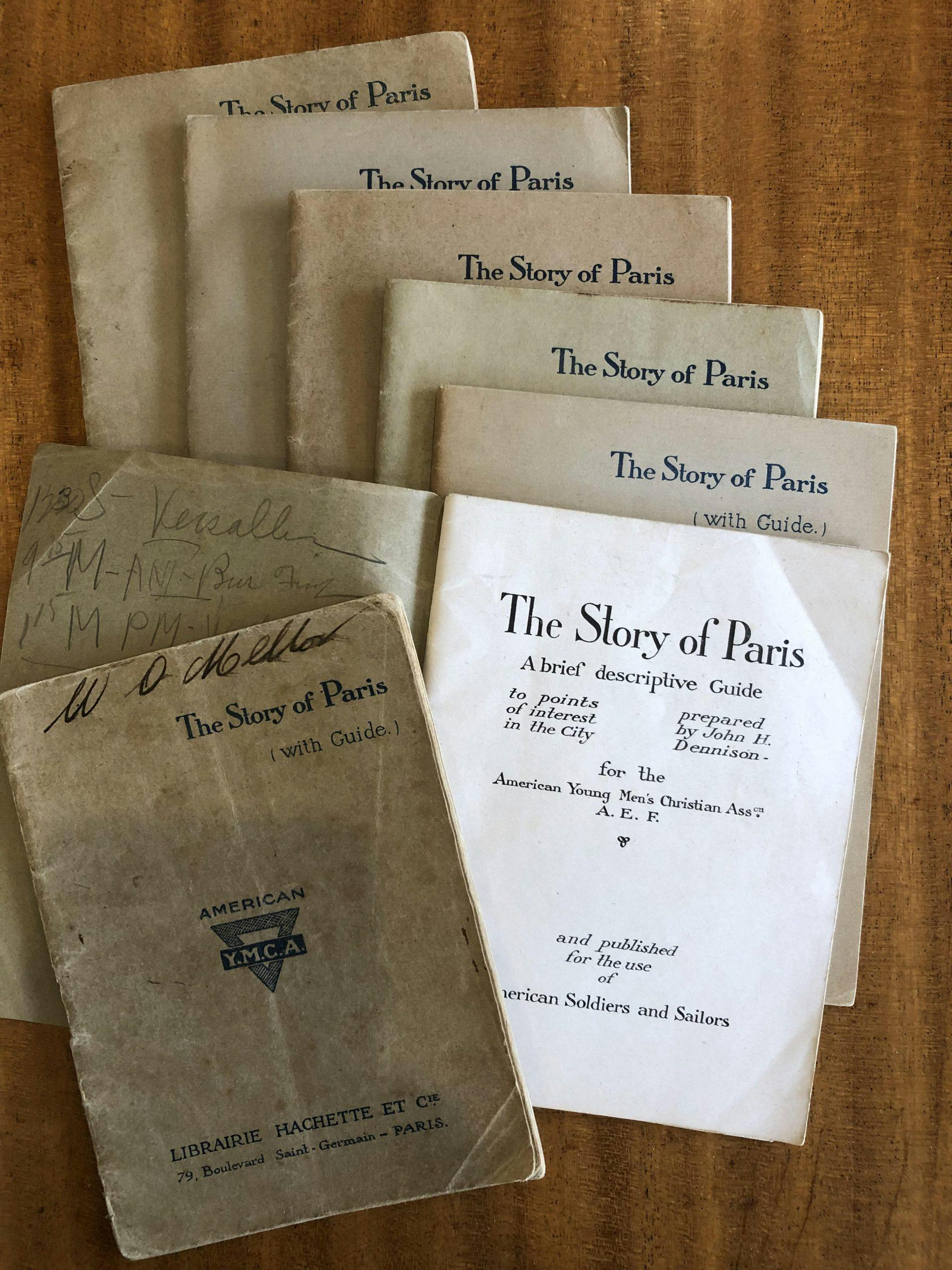


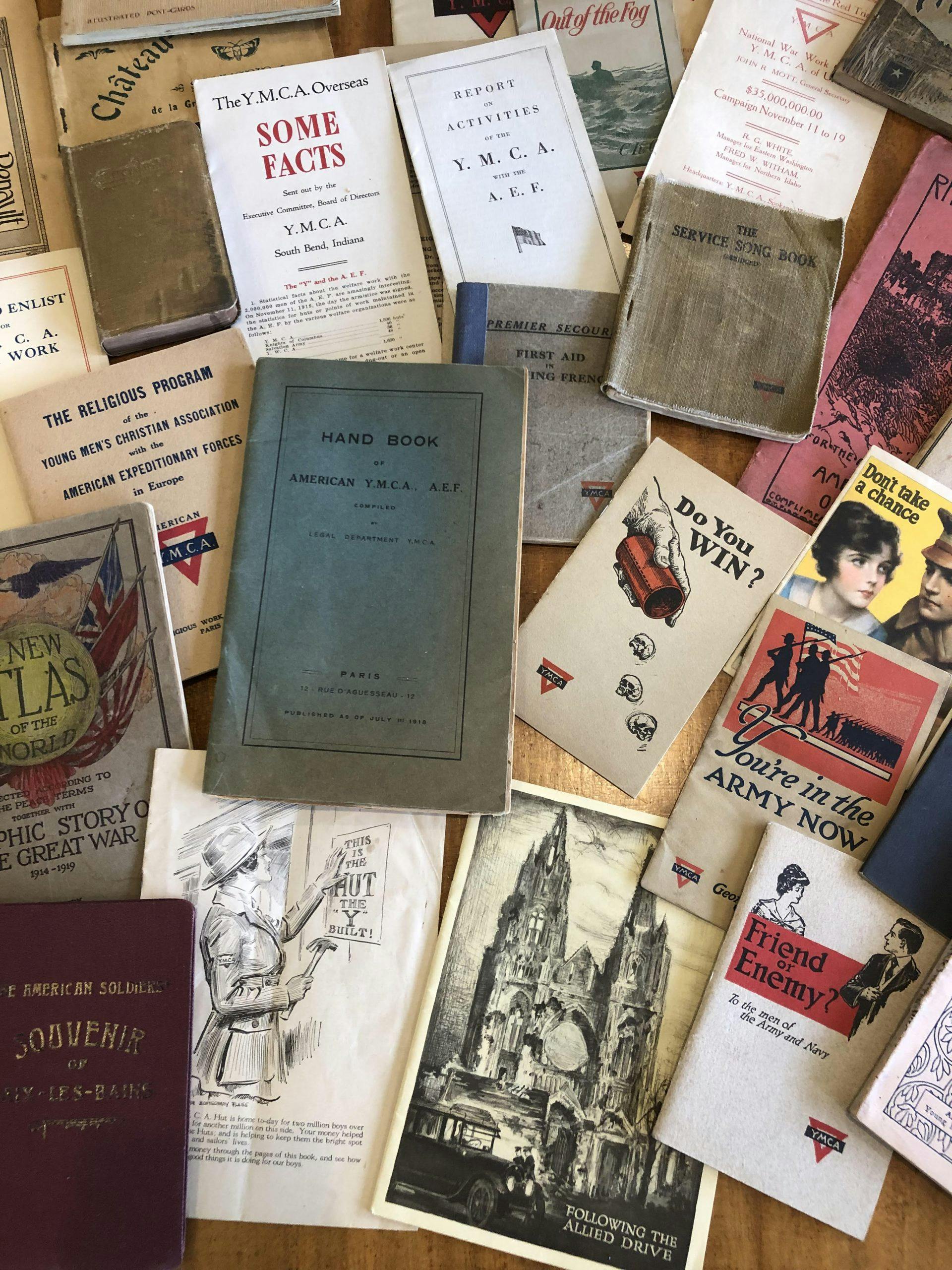
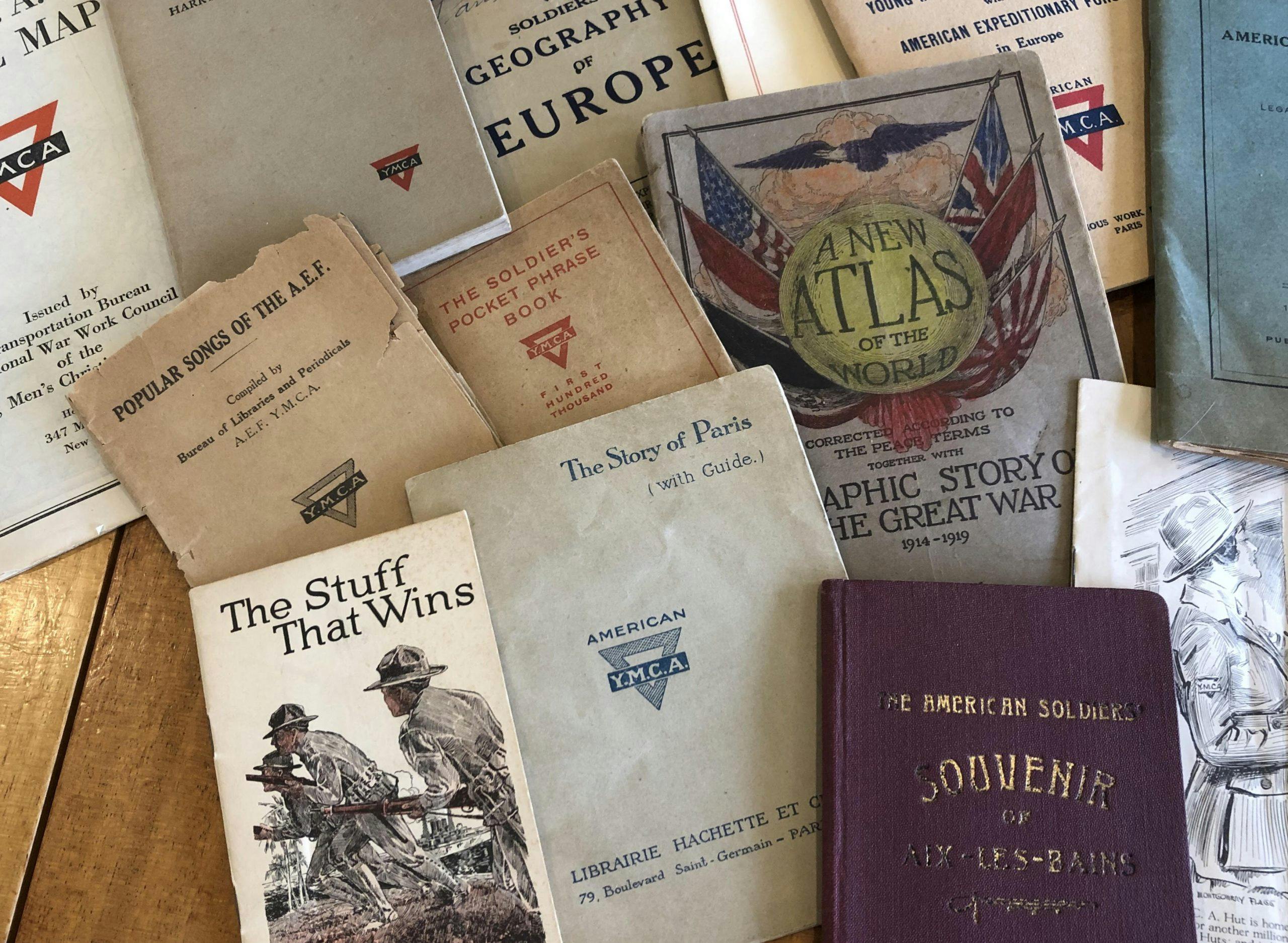
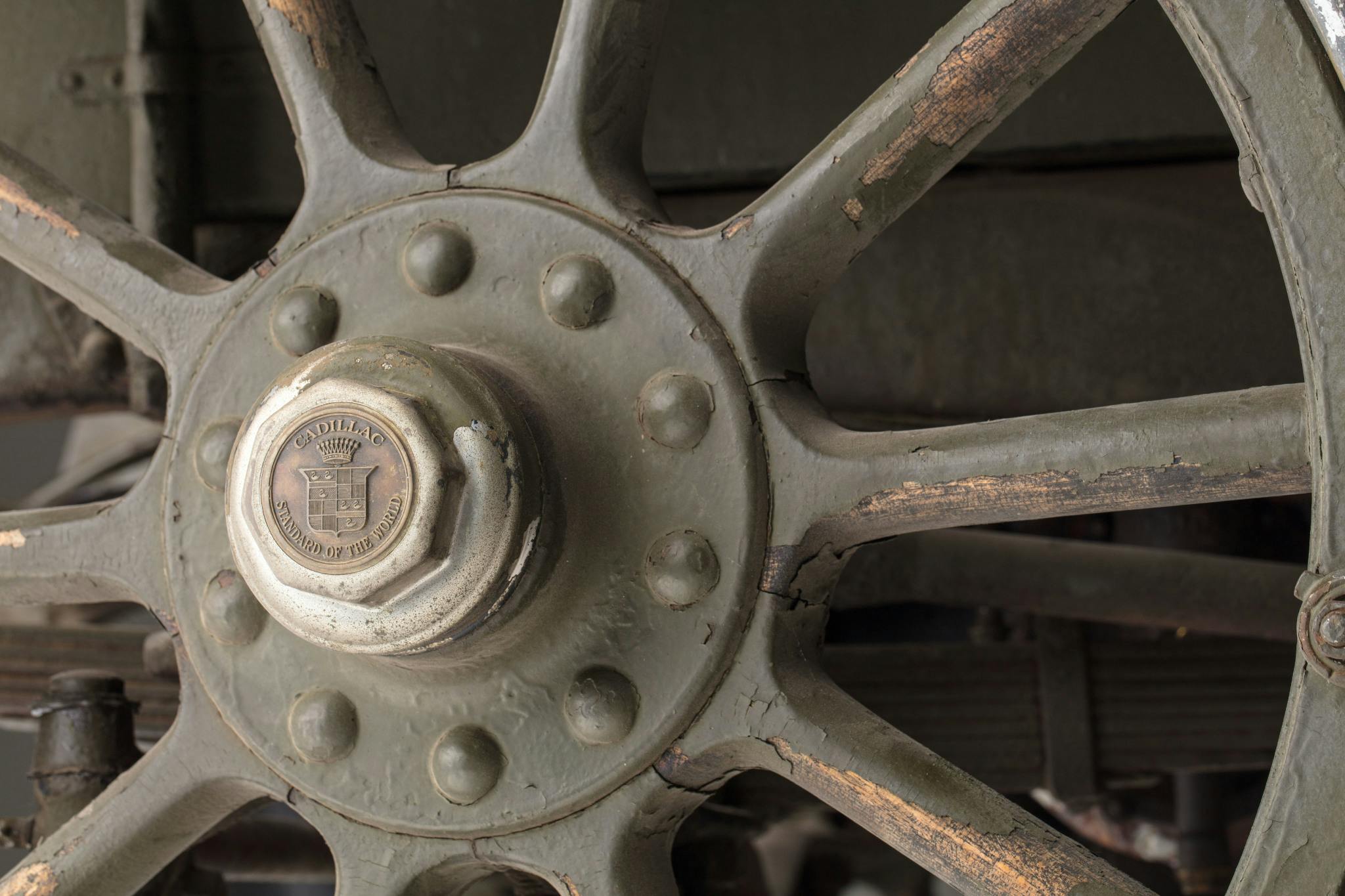

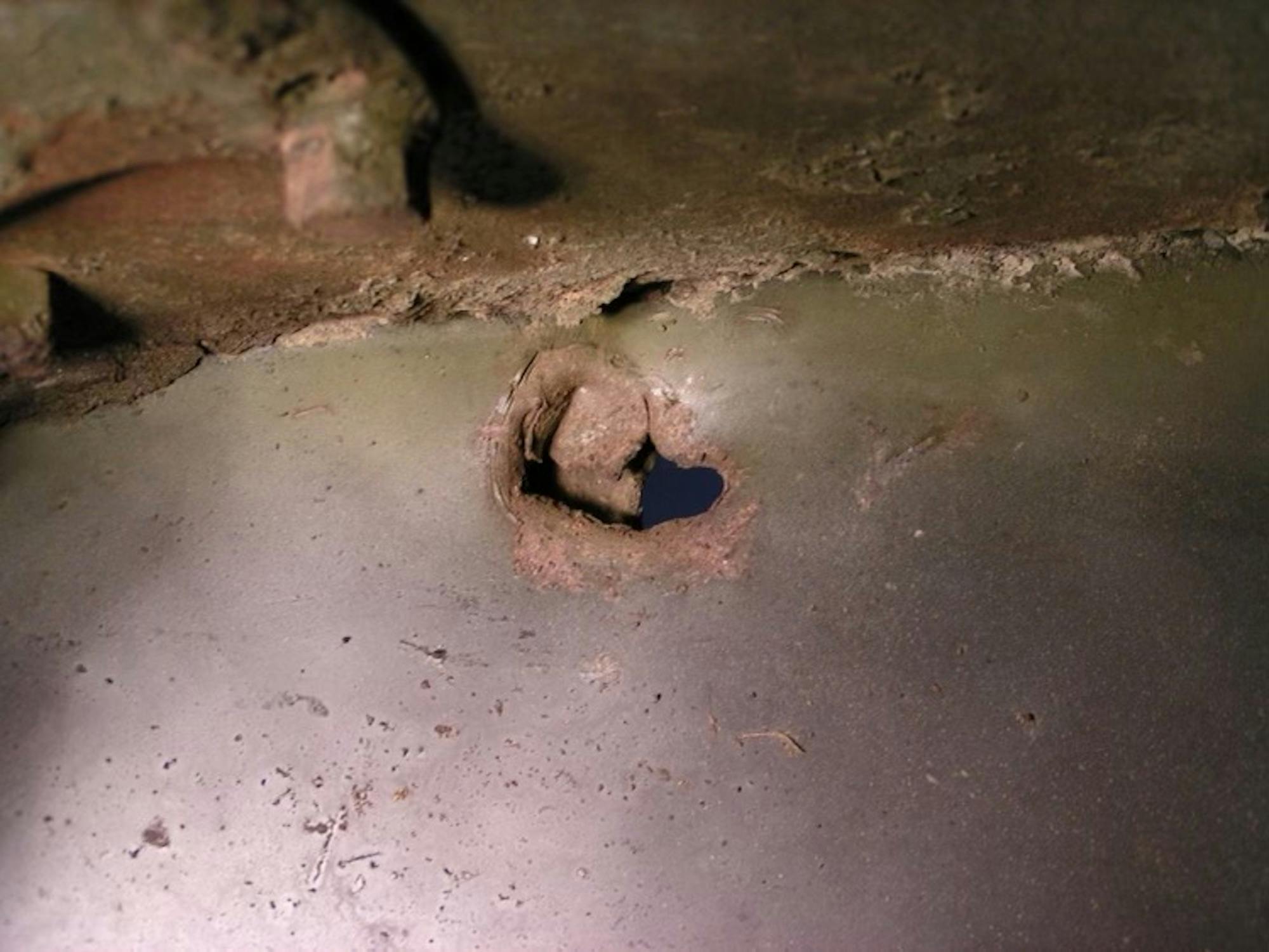
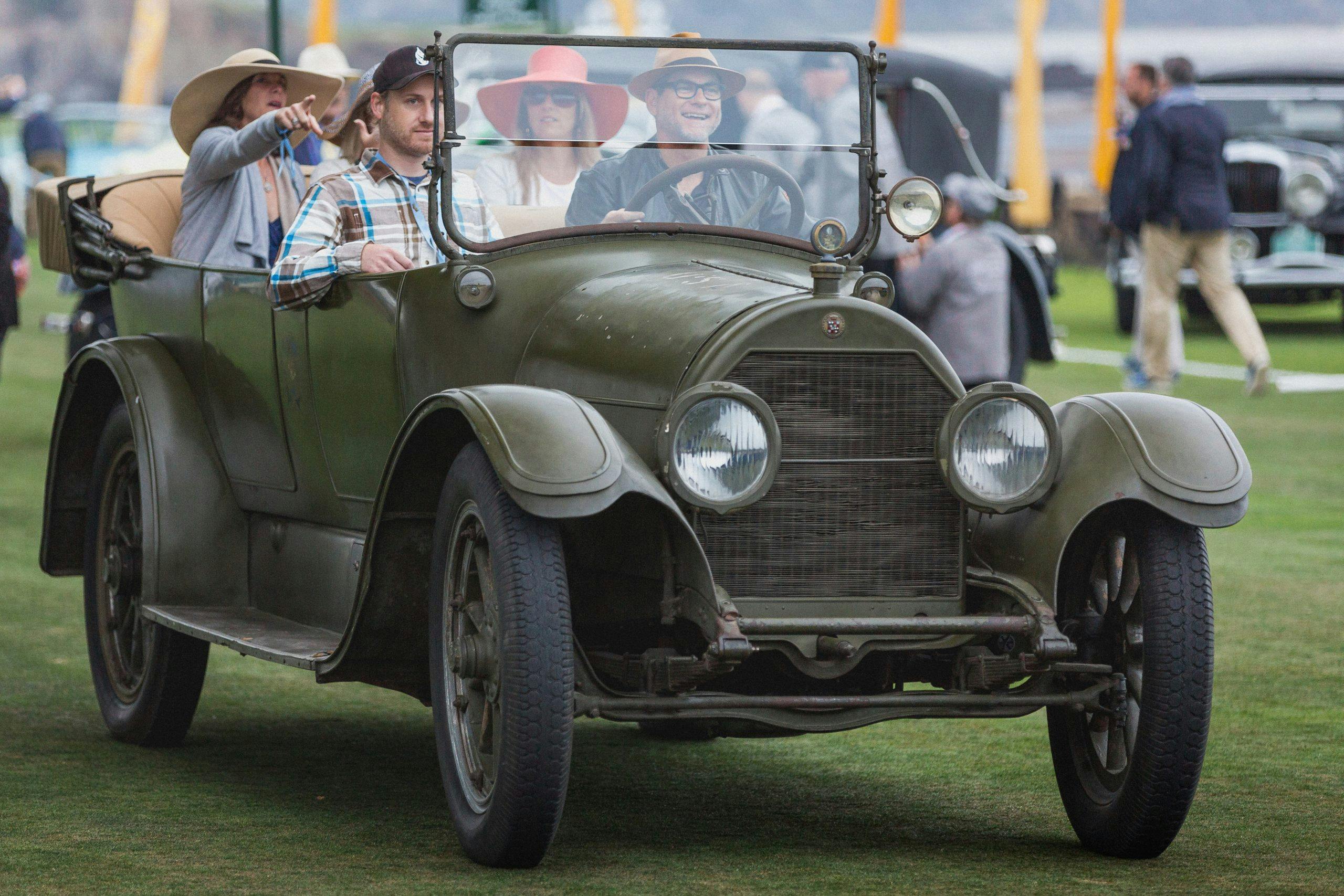

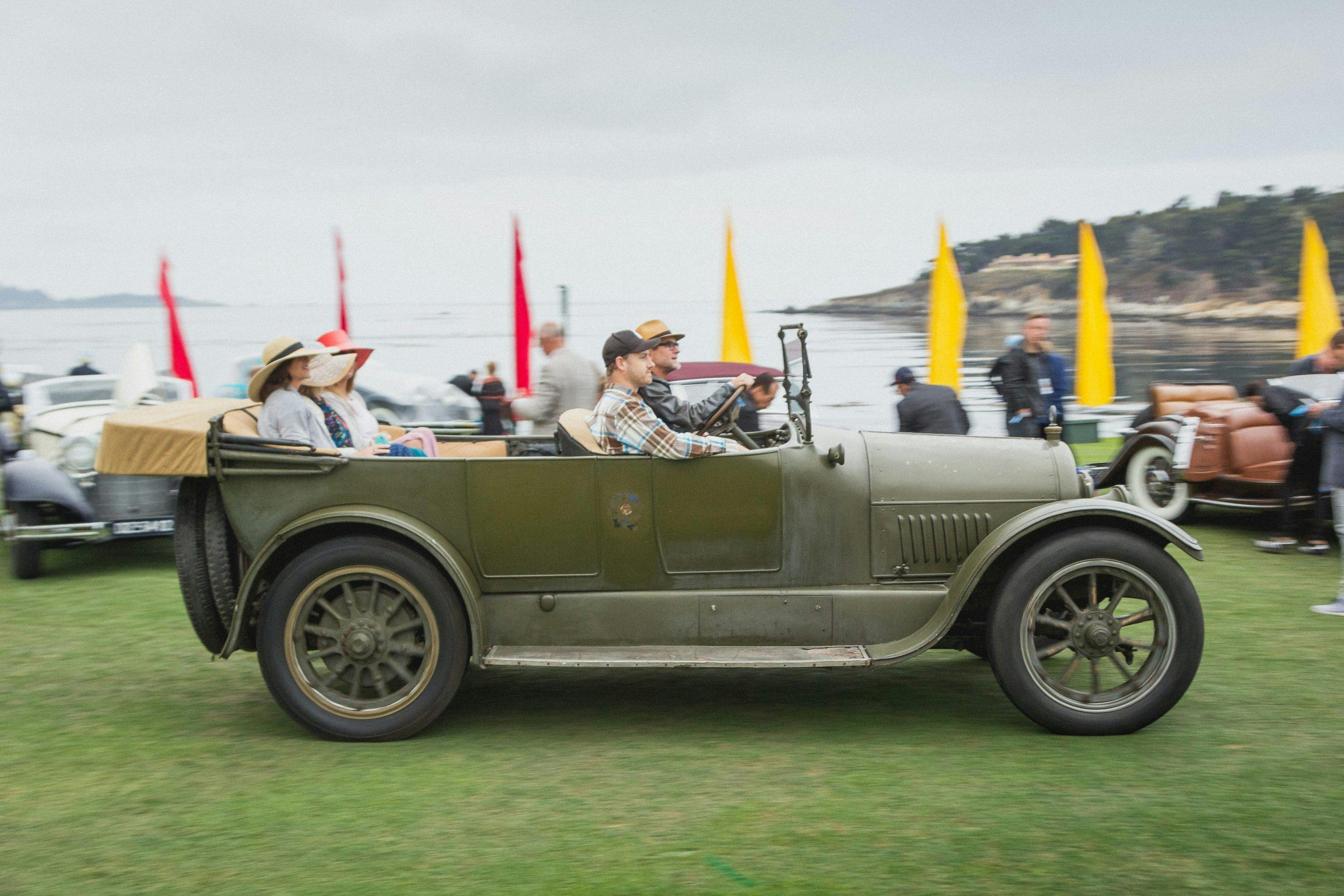

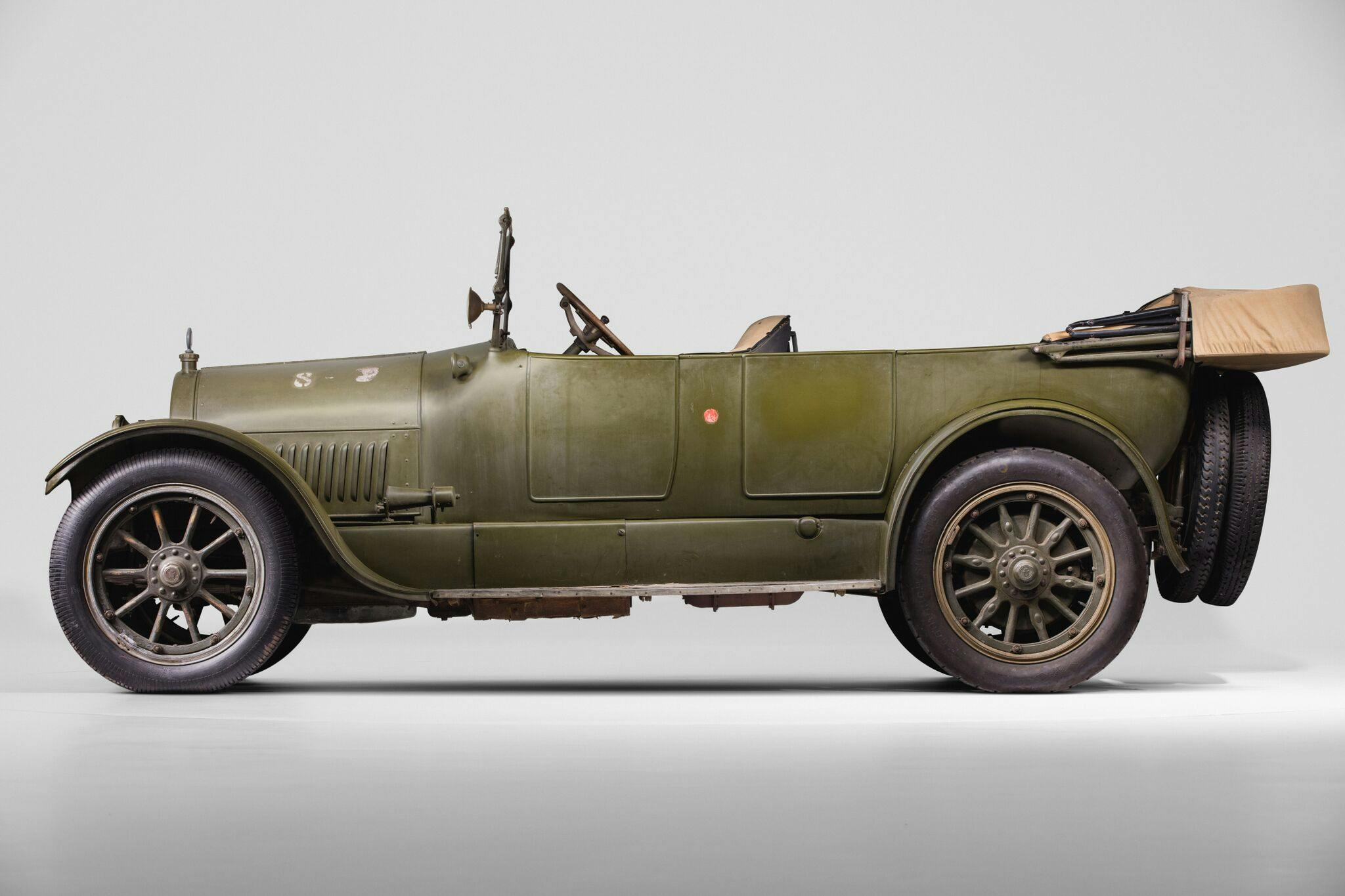
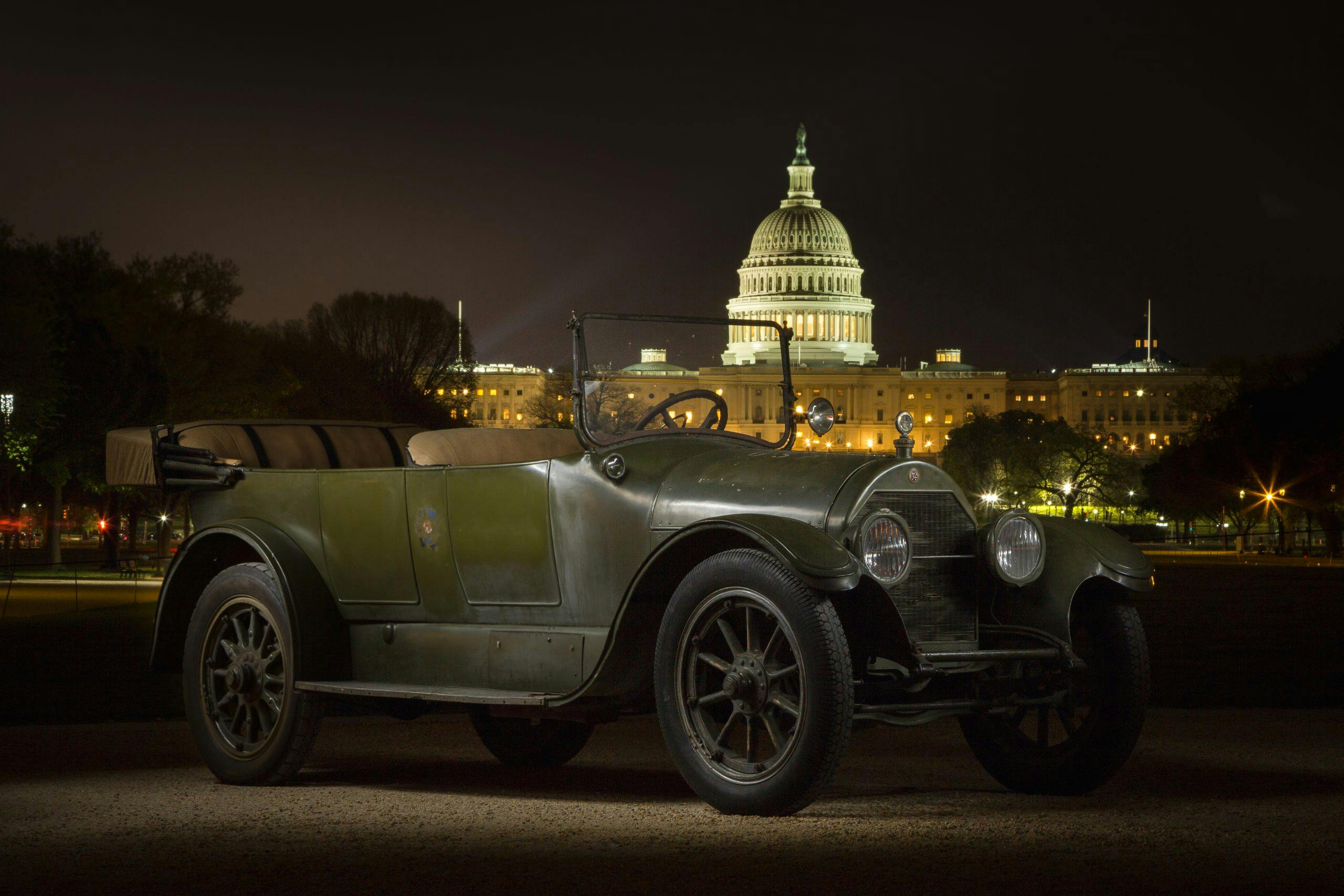


Fascinating story ! Fascinating piece of automotive history revived by someone like us, that in itself is fascinating… Good Job !……My grandfather was a WWI Marine, my grandmother a WWI Navy Nurse. They met in Quantico as she was caring for him. At the wars end they both received honorary discharge (a feat for a woman in the military at the time),married and moved to Detroit in 1920. He immediately enrolled in “Michigan State Automobile School” and received his diploma in April, 1921. The diploma states, having taking the complete course in construction, repairing and driving of standard makes of cars, he is “Qualified” for any position as Chauffeur, Repairman, Tester, Salesman or Demonstrator. He immediately went to work at Cadillac Motors retiring in the 50’s. Granny went to work as a RN with my mom being born in ‘27. We are all familiar with and proud of what Detroit once was….before Cadillac moved out.
Great addition to the story, RG440 – what a nice remembrance of your grandparents!
Absolutely!!! Beautiful!
The added history to this fascinating article is enlightening.
Thank you for sharing this. Amazing people we are celebrating!
No picture of the bullet hole? Seriously?
I was hoping to see it too. So prominently the written about, but no photo….? Great article though, in spite of someone dropping the ball on that one point.
Bullet-hole pics added. Entrance and exit
Amen! That’s exactly what I was thinking
Bullet-hole pics added. Entrance and exit
There is a picture of the hole. The man is standing next to it. Below windscreen near door.
Bullet-hole pics added. Entrance and exit.
Perhaps this is not the only US Cadillac 57 in the US. A documented one was sold at auction in Maine about 9 years ago. It had been painted Maroon. I witnessed the auction and the car crossing the block.
I loved the part where it was reported that the front tyres are still those that were on the car in WW1 yet here they are driving it around in 2022. Makes a bit of a joke of the guys on BAT and Barn Finds etc. where if the tyres are more than about 4 years old they should be renewed before driving anywhere.
True! Amazing, innit? Over 100 years old and still hold air… But I think they were rather different tyres, and of course in many places “driving anywhere” means driving at speed on a motorway or fast road. I’ve seen five-year-old tyres exposed to desert conditions, with very little wear, fail at speed on a hot day. Not pretty.
Serious provenance with this car…..magnitudes of order beyond all the Steve McQueen and Elvis vehicles that get so much unwarranted attention.
Thank you Alan!
I would hire a really sharp painter, put the US and the number back on, then it’s back to original. All military vehicles wear a number, this needs to be done. Coior is great, leave it as it is.
My hometown had a Welcome Home parade in 1919 and I have two close up pictures of one of these Cadillacs in the parade. I can send them out if wanted or if someone can tell me where to post them. My email is tbenvie@comcast.net.
“No picture of the bullet hole? Seriously?”…my first thought as well….
Ooops…forgot to say I like the article and also I like the car as it is…
Bullet-hole pics added. Entrance & exit
Very cool find and a great story. I like the car as is.
My Great Uncle David served under Pershing chasing Pancho around the boarder. He told me they could have caught him at will, but it gave them all something to do. When the US joined the war in Europe Unc went with Pershing and was there at the Armistice and heard Pershing address the troops. He then “borrowed” a Norton motorcycle and covered war-torn France looking for his 3 brothers. 4 went to war 1
survived. Every time I fire up my Commando I think of Uncle David.
Neat. My children’s / wife’s, great grandfather/grandfather is a WWI Silver Star, and Dist. Service Cross recipiant, Company F, 126th Infantry Regiment, 32d Division, A.E.F., near Bois-de-Bantheville, France, 14 October 1918.
It’s strange to think they decended from a Italian guy that volunteered for a suicide mission accoss no-mans’ land.
Love it love it love it…the preservation is as patriotic as the service that was given…
Great article about the WWI Cadillac. The transition from 19th century modes of transportation by land, sea and air to the “modern age” of automobiles, trucks, tanks, airplanes, and even submarines in only the four short – but deadly – years of WWI required a period of technological development that is unsurpassed to this day. The big 5L Cadillac V8 powered vehicles played an important part in the U.S. Great War effort.
Seeing the Flathead 8 in a Cadillac made in the mid teens, makes me wonder where Heny Ford Got his idea for that motor… Time for me to do some research. Great article….and where IS THAT BULLITT HOLE??
No bullet hole. Common Hagerty. Mention it but won’t show it?
Bullet-hole pics added. Entrance and exit.
Thank you Mr. Larsen!!!!!